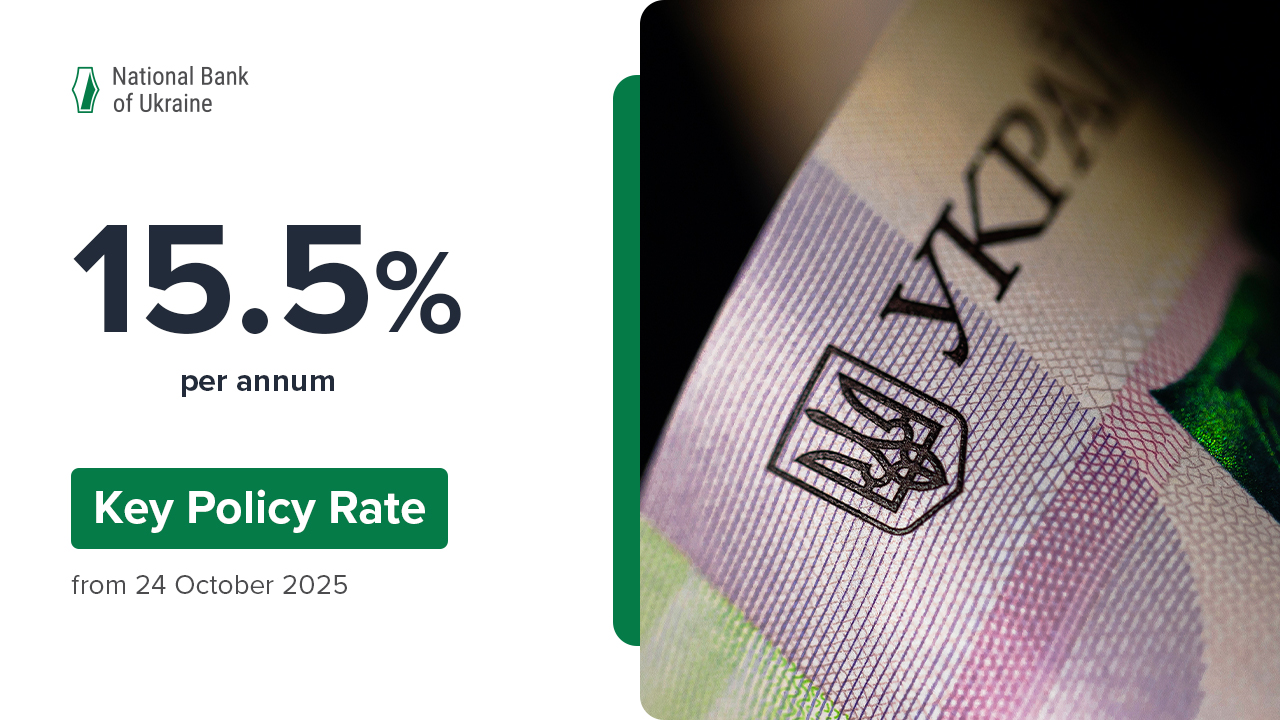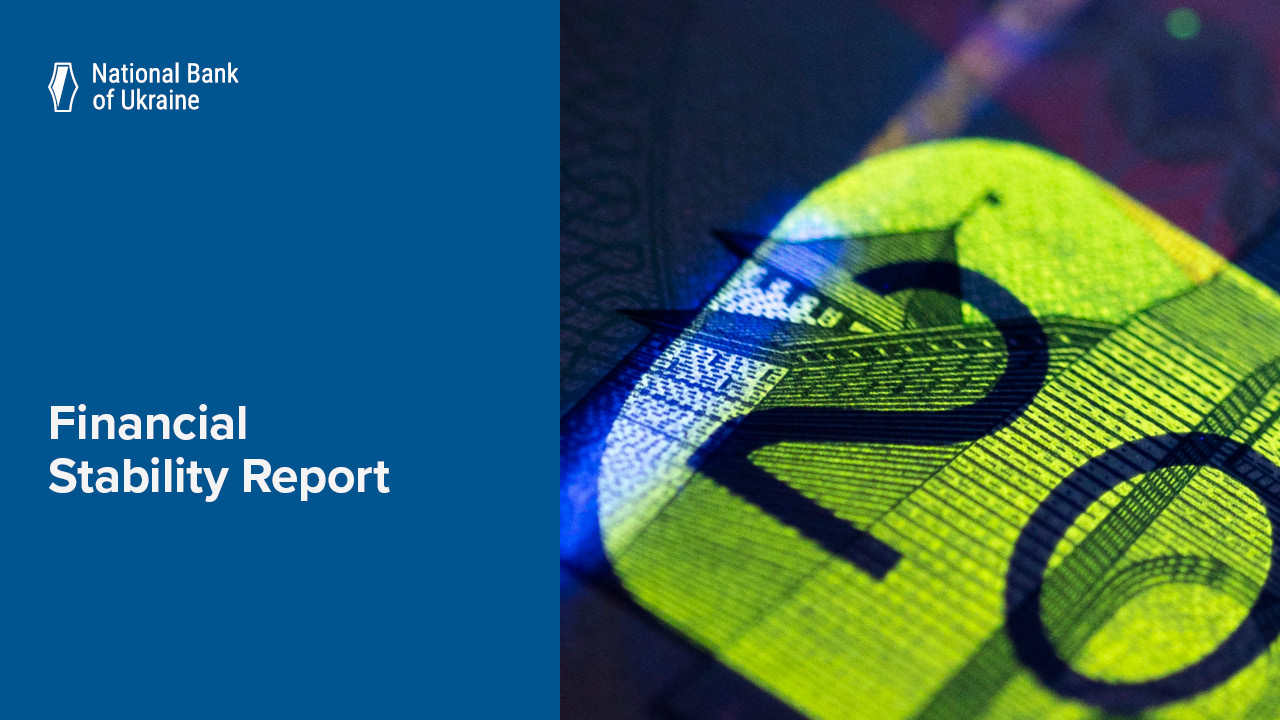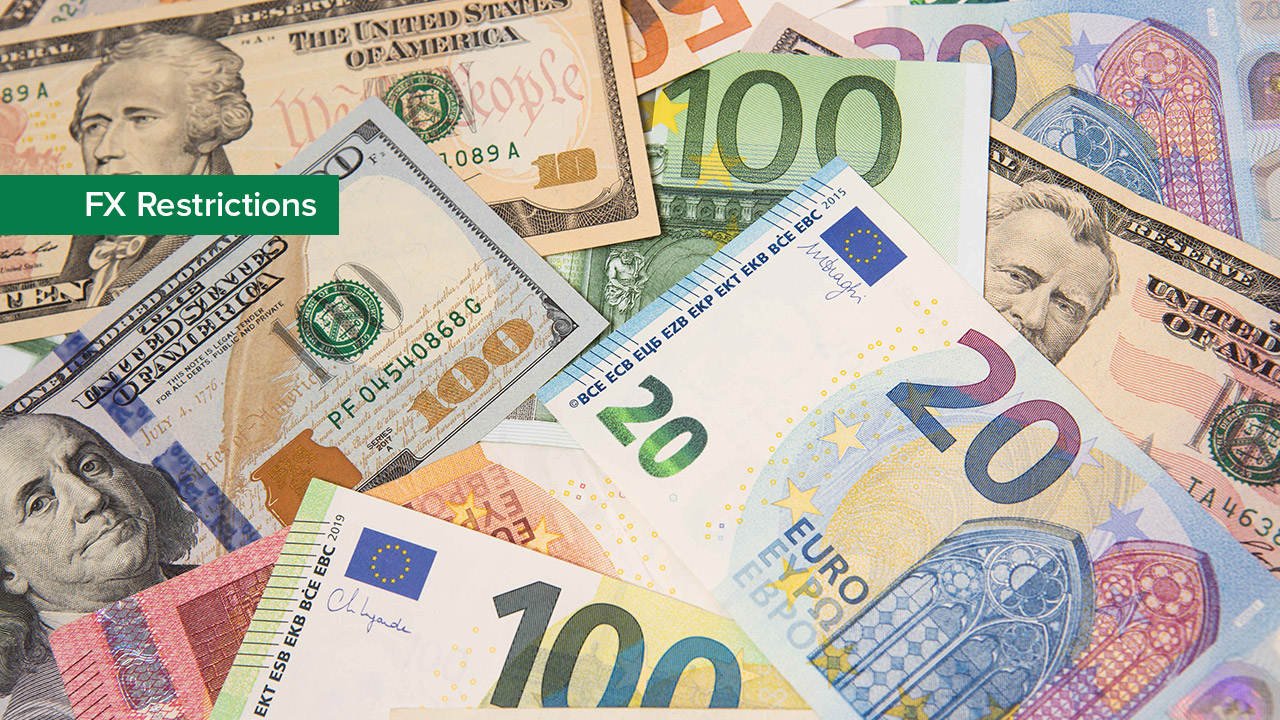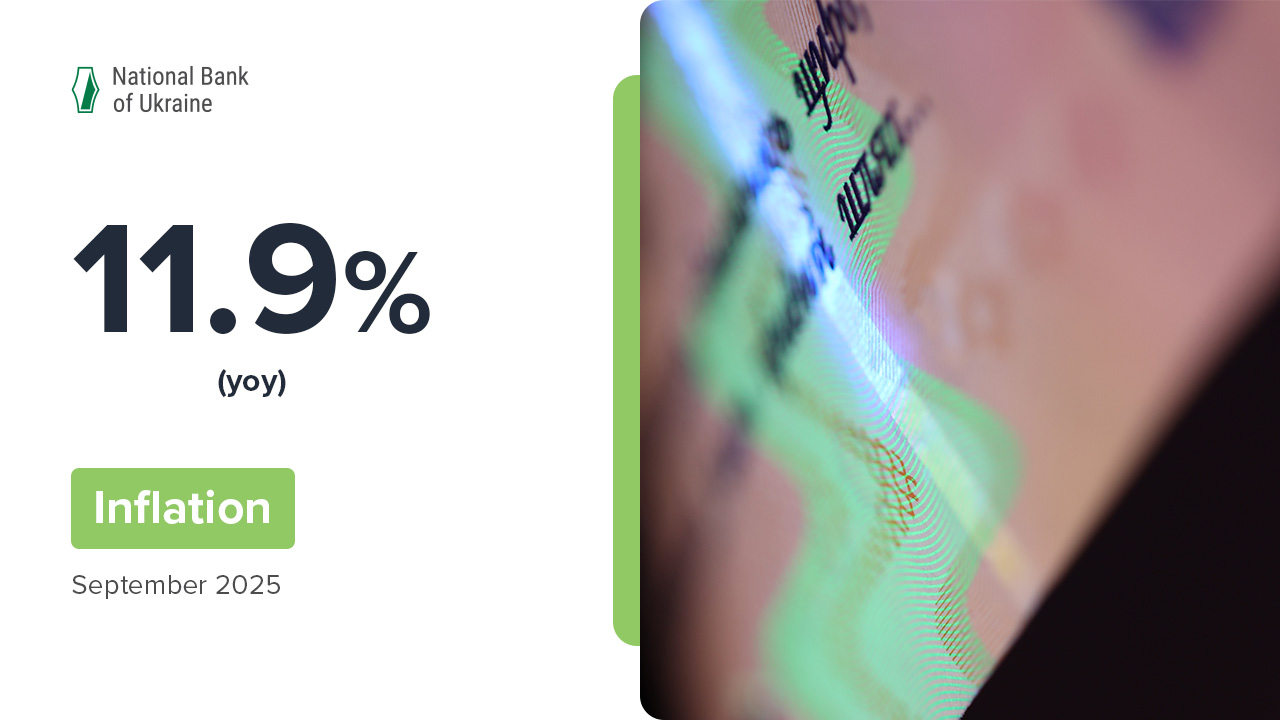In September 2025, inflation continued to slow down to 11.9% yoy. In monthly terms prices grew by 0.3%. This is according to data published by the State Statistics Service of Ukraine.
The actual inflation trajectory remained lower than the forecast published in the July Inflation Report, due to the impact of a significant decrease in the price of vegetables and a weakening of price pressure in the fruit market. In contrast, the slowdown in core inflation was close to the forecast, and its seasonally adjusted indicators continued to indicate the persistence of fairly stable underlying price pressures.
Annual pace of growth in raw food prices continued to slow, to 18.1% yoy
Prices for most vegetables decreased in annual terms due to high harvests, as well as due to the unsuitability of certain products for long-term storage due to their low quality. In particular, cabbage, peppers, cucumbers, beets, carrots, onions, potatoes and tomatoes became cheaper in annual terms. The growth rate of prices for all fruits slowed down sharply. The growth rate of prices for eggs also slowed down mainly due to the base effects. The rate of increase in the price of flour and certain cereals continued to drop due to the arrival of new grain harvests. The growth in milk prices slowed, as did prices for poultry meat – for the first time in a long time. In contrast, the acceleration of the increase in the price of pork and beef continued due to the decline in the livestock numbers this year.
Core inflation continued to decline, to 11.0%
The increase in the prices of processed products slowed to 16.8% yoy. In particular, the growth was slower in the prices for bread, sunflower oil, some dairy products, and soft drinks. At the same time, the increase in prices of certain types of processed fish and seafood accelerated.
The growth in the cost of non-food goods also slowed, to 2.3% yoy. Prices for clothing and footwear continued to fall.
Inflation of services prices was unchanged, at 14.1%, and its dynamics by individual services was mixed. Thus, the growth accelerated in the prices for the services of higher education institutions, the services of cafes and restaurants, and personal care services. In contrast, the prices for outpatient services, apartment rental fees, and prices for other educational (except higher education) services rose more slowly.
Growth in administered prices decelerated slightly, to 10.7% yoy
The slowdown was attributed to a more sluggish pace of increase in the prices of tobacco products. On the other hand, alcoholic beverage prices grew at a faster pace.
Fuel price growth slowed to 4.7%
Such dynamics were largely due to the base effect, while prices for basic fuels remained almost unchanged in September amid the stabilization of global oil prices.
Over the past few months, consumer inflation settled on a steady downward trajectory as expected. The slowdown in inflation was observed across a wide range of components. At the same time, underlying price pressures remained significant, as evidenced by both seasonally adjusted core inflation in general and sustained services inflation in particular. These and other factors will be taken into account when updating the NBU’s macroeconomic forecast, which will be presented during a press briefing on monetary policy decisions on 23 October 2025. The detailed macroeconomic forecast will be published in the Inflation Report on 30 October 2025.







